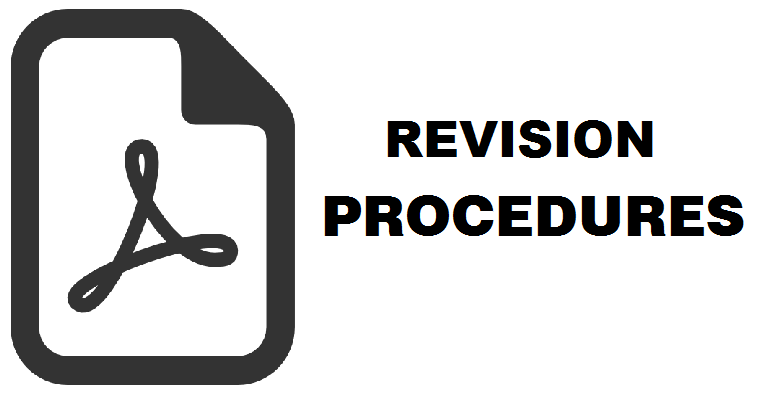Kajian Daya Tampung Beban Pencemaran Sungai Batanghari Pada Penggal Gasiang – Sungai Langkok Sumatera Barat
Zuchri Abdi(1*), Mohammad Pramono Hadi(2), Margaretha Widiyastuti(3)
(1) Pusat Pengelolaan Ekoregion Sumatera, Kementrian Lingkungan Hidup Pekanam-Pekanbaru, Kepulauan Riau
(2) Fakultas Geografi, Universitas Gadjah Mada, Yogyakarta
(3) Fakultas Geografi, Universitas Gadjah Mada, Yogyakarta
(*) Corresponding Author
Abstract
ABSTRAK Penelitian ini bertujuan untuk mengidentifikasi lokasi sumber-sumber pencemar, mengetahui sebaran kandungan BOD (Biochemical Oxygen Demond), COD (Chemical Oxygen Demand) dan TSS (Total Suspended Solid), menghitung beban pencemaran dan daya tampung beban pencemaran sungai serta menguji reliabilitas penggunaan model untuk menghitung beban pencemaran dan daya tampung beban pencemaran. Metode QUAL2Kw digunakan dalam proses pemodelan dimana sungai utama dibagi dalam delapan penggal (reach) dengan Gasiang (kilometer ke-157) sebagai headwater dan Sungailangkok sebagai batas terhilir (kilometer ke-0). Sampel air sungai diambil di tiga belas titik, delapan di sungai utama dan lima di anak sungai. Pemodelan menggunakan data kualitas air sumber pencemar sebagai input dan data kualitas air sungai utama sebagai pembanding. Berdasarkan hasil penelitian, total beban pencemaran BOD, COD dan TSS berturut-turut sebesar 14,463; 43,363; 14,658 Ton/jam dengan daya tampung beban pencemaran berturut-turut sebesar 22,956; 108,6; 33,2 Ton/jam. Walaupun secara total daya tampung beban pencemaran belum terlampaui, namun jika ditinjau berdasarkan penggal-penggal sungai (reach), kelebihan beban pencemaran BOD telah terjadi di Sungai Pangian sebesar 0,16 Ton/jam, beban pencemaran COD pada kilometer 140 – 139 sebesar 14,58 Ton/jam dan beban pencemaran TSS pada kilometer 156 – 141 sebesar 61,2 Ton/jam. Uji reliabilitas dengan relative bias dan mean relative error menunjukkan bahwa pemodelan dengan metode QUAL2Kw dapat diterima penggunaannya di daerah penelitian, namun uji korelasi pada grafik pencar menunjukkan model hanya berlaku pada satu set data pemantauan saja. Hasil pemodelan hanya mewakili daya tampung beban pencemaran sesaat.
ABSTRACT The objectives of this study are to identify the pollutant sources location; to acknowledge the distribution of BOD (Biochemical Oxygen Desmond), COD (Chemical Oxygen Demand) and TSS (Total Suspended Solid) concentrations; to calculate the pollution load and pollution load carrying capacity of the river as well as to examine the model reliability to calculate the pollution load and the pollution load carrying capacity. The applied QUAL2Kw methods during the modeling process brought in the main river, is divided into eight reach with Gasiang (km 157) as the headwater and Sungailangkok as the downstream boundary (km 0). The water samples are selected at thirteen points with eight of them located at the main river and the remain five at the tributaries. The modeling was brought the water quality data on pollutant sources as input and the main river water quality data as a comparison. Based on the results of the study, the total pollution load of BOD, COD and TSS are respectively for 14.463; 43.363; 14.658 Tons/hour with pollution load carrying capacity respectively for 22.956; 108.6; 33.2 Tons/hour. Although the total pollution load carrying capacity has not been exceeded, nevertheless if the review is based on reach, an excessing of BOD pollution load has occurred in the Pangian River for 0.16 Tons/hour, COD pollution load for 14.58 Tons/hour at km 140-139 and TSS pollution load for 61.2 Tons/hour at km 156-141. The reliability test with a relative bias and relative mean errors indicate that modeling with QUAL2Kw is acceptable to be applied in the research area, though the correlation test on the scatter graph shows the models is merely valid on a set of monitoring data. However, the modeling results are restricted to represent the pollution load carrying capacity of the river momentarily.
Keywords
Full Text:
PDF (Bahasa Indonesia)Article Metrics
Refbacks
- There are currently no refbacks.
Copyright (c) 2016 Majalah Geografi Indonesia

This work is licensed under a Creative Commons Attribution-ShareAlike 4.0 International License.
Volume 35 No 2 the Year 2021 for Volume 39 No 1 the Year 2025
ISSN 0215-1790 (print) ISSN 2540-945X (online)








